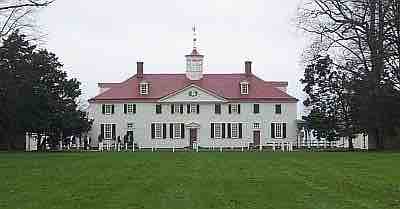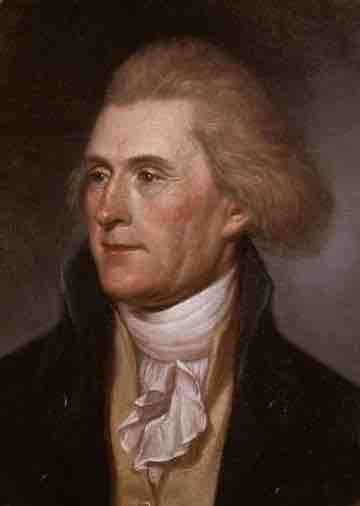British Americans’ reliance on indentured servitude and slavery to meet the demand for colonial labor helped give rise to a wealthy colonial class—the gentry—in the Chesapeake tobacco colonies and elsewhere. To be genteel, that is, a member of the gentry, meant to be refined; free of all rudeness. The British American gentry modeled themselves on the English aristocracy, who embodied the ideal of refinement and gentility.
One of the ways in which the gentry set themselves apart from others was through their purchase, consumption, and display of goods. An increased supply of consumer goods from England that became available in the 18th century led to a phenomenon called the "Consumer Revolution."
New England
In New England, high-level politicians gave out plots of land to male settlers, or proprietors, who then divided the land among themselves. Large portions were usually given to men of higher social standing, but every white man who wasn't indentured or criminally bonded had enough land to support a family.
Many New Englanders took part in a sophisticated system of trade in which they exported products to the West Indies, where they were traded for molasses, sugar, gold coins, and bills of exchange (credit slips). They carried the West Indian products to New England factories where the raw sugar was turned into granulated sugar and the molasses distilled into rum. The gold and credit slips were sent to England where they were exchanged for manufactures, which were shipped back to the colonies and sold along with the sugar and rum to farmers.
Other New England merchants took advantage of the rich fishing areas along the Atlantic coast. Collectively, they financed a large fishing fleet and then transported the catch of mackerel and cod to the West Indies and Europe. Some merchants exploited the vast amounts of timber along the coasts and rivers of northern New England. They funded sawmills that supplied cheap wood for houses and shipbuilding. Hundreds of New England shipwrights built oceangoing ships, which they sold to British and American merchants.
Middle Colonies
As in New England, the majority of the elite in the Middle Colonies were merchants. Merchants dominated urban society; about 40 merchants controlled half of Philadelphia's trade. Wealthy merchants in Philadelphia and New York, like their counterparts in New England, built elegant Georgian-style mansions. Many merchants became wealthy by providing goods to the agricultural population; many of this group came to dominate the society of seaport cities. Unlike the life of yeoman farm households, these merchants lived lives that resembled those of the upper classes in England. Mimicking their English peers, they lived in elegant two and a half-story houses. Unlike the multipurpose interior spaces common to yeoman houses in which each room had to meet many different needs, each of the rooms in a wealthy town merchant's home served a separate purpose.

Mount Vernon
Mount Vernon was the plantation home of George Washington, who was a member of the Virginia gentry class prior to becoming the first U.S. president.
Merchants often bought wool and flax from farmers and employed newly arrived immigrants who had been textile workers in Ireland and Germany, to work in their homes spinning the materials into yarn and cloth. Large-scale farmers and merchants became wealthy, while farmers with smaller farms and artisans only made enough for subsistence.
Southern Colonies
The Southern elite consisted of wealthy planters in Maryland, Virginia, and South Carolina. In terms of the white population of Virginia and Maryland in the mid-18th century, the top five percent were estimated to be planters who possessed growing wealth and increasing political power and social prestige. They controlled the local Anglican church, choosing ministers and handling church property and disbursing local charity. They owned increasingly large plantations that were worked by African slaves. Of the 650,000 inhabitants of the South in 1750, about 250,000 or 40%, were slaves. The plantations grew tobacco, indigo, and rice for export and raised most of their own food supplies. By the end of the 1600s, a very wealthy class of rice planters who relied on slaves had attained dominance in the southern part of the Carolinas, especially around Charles Town.

Thomas Jefferson, by Charles Willson Peale, 1791
Thomas Jefferson, along with George Washington and Robert E. Lee, epitomizes the American gentry class in the South.